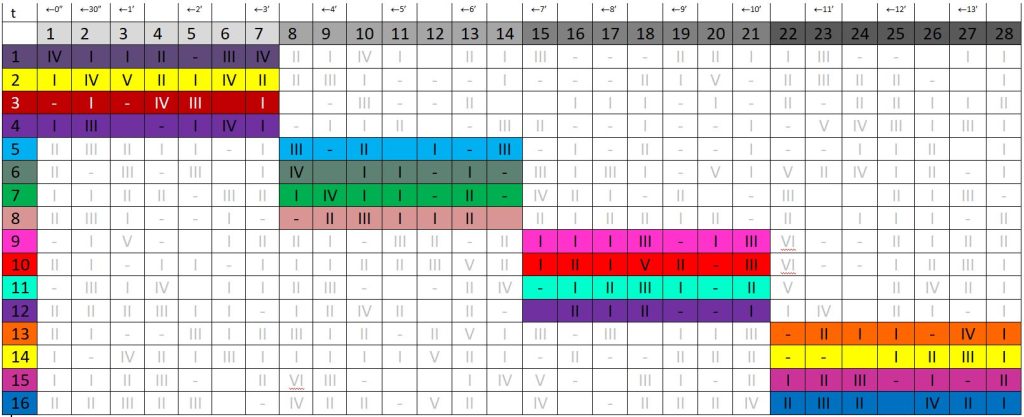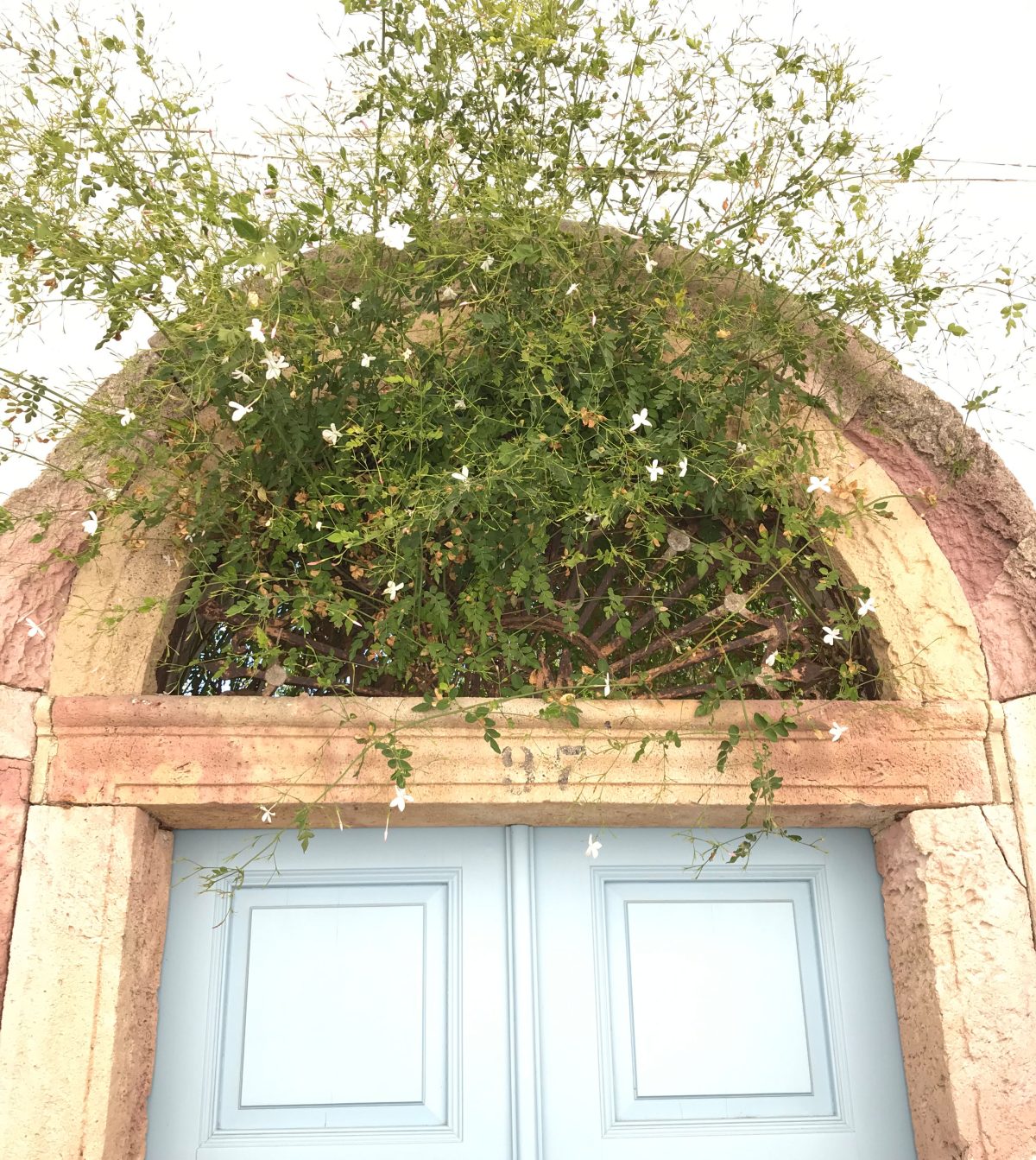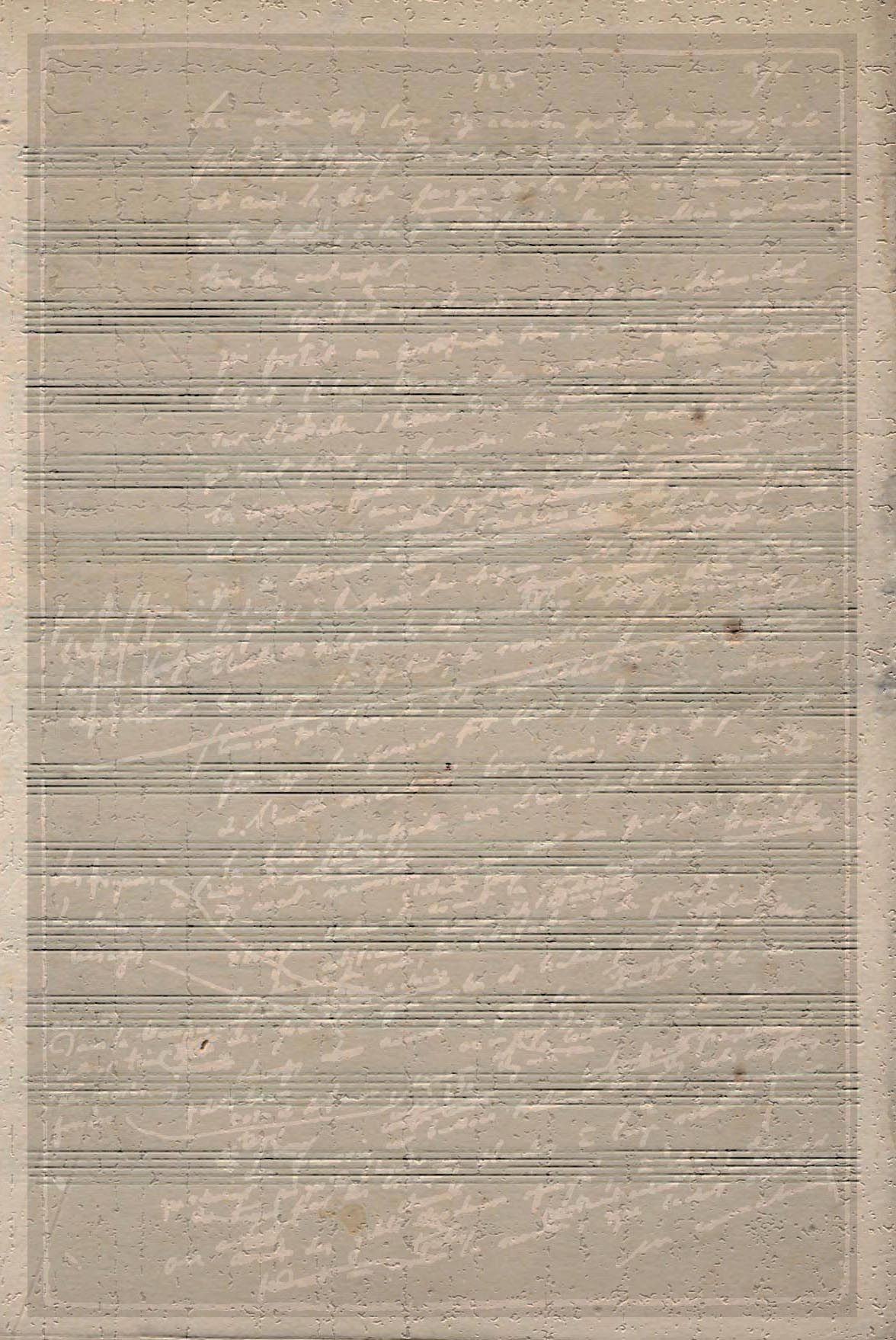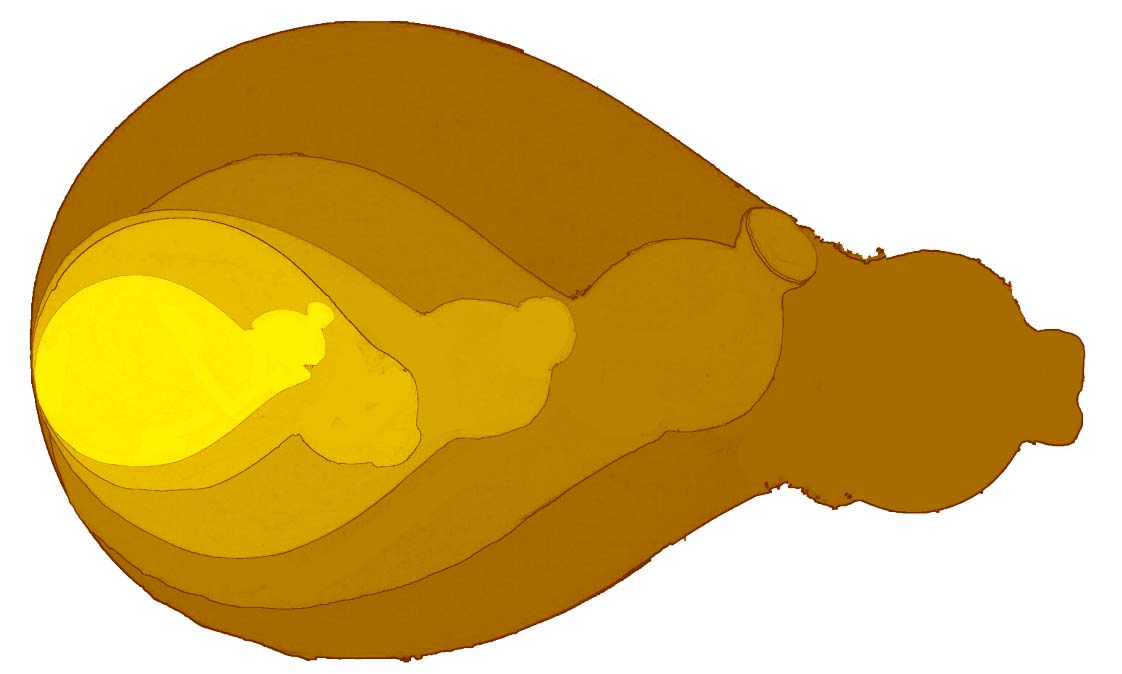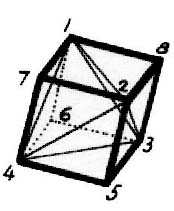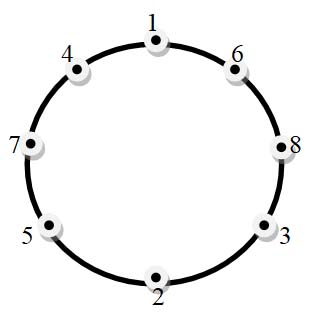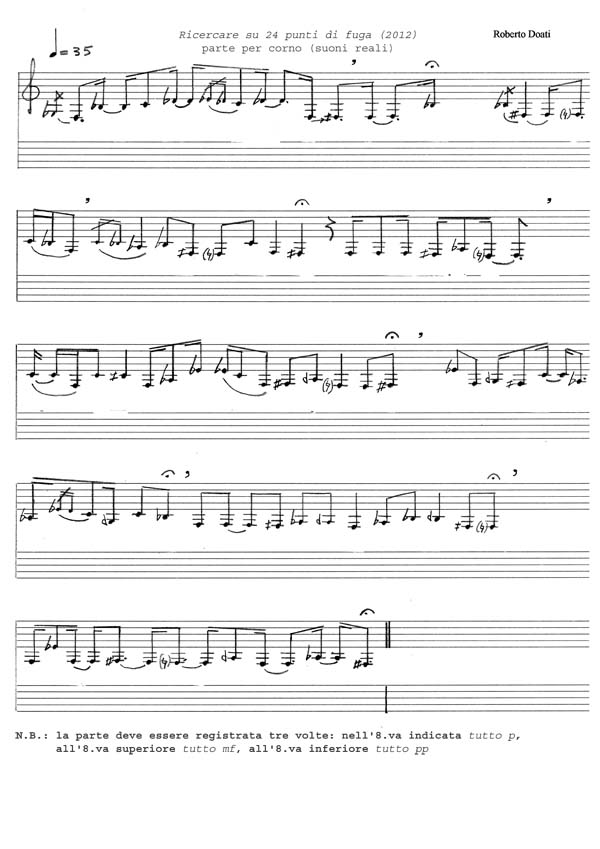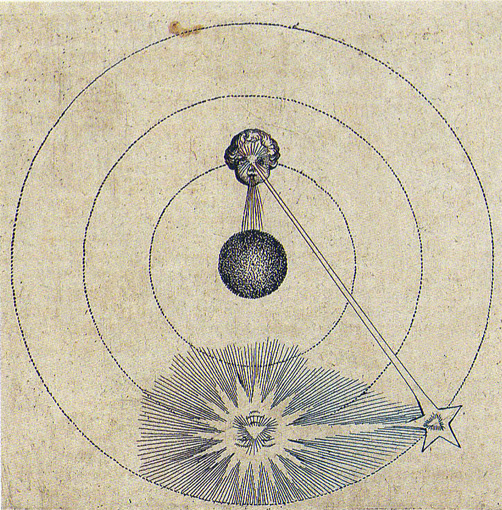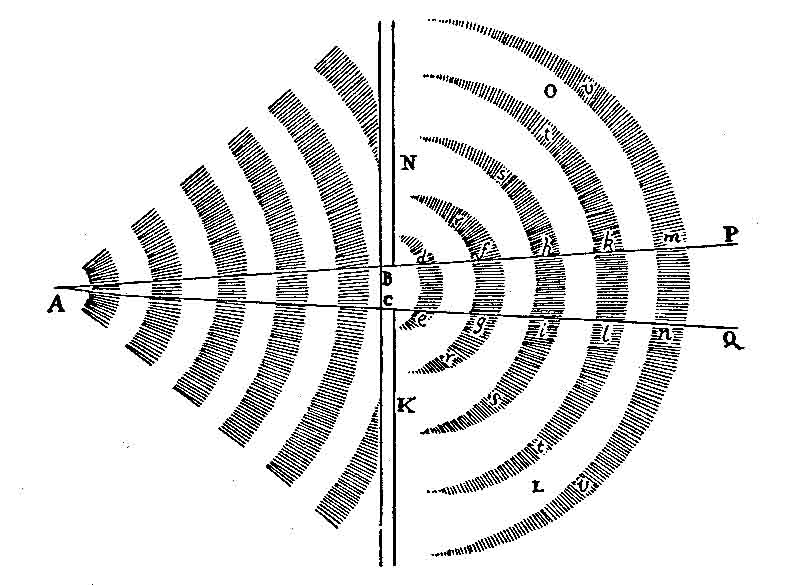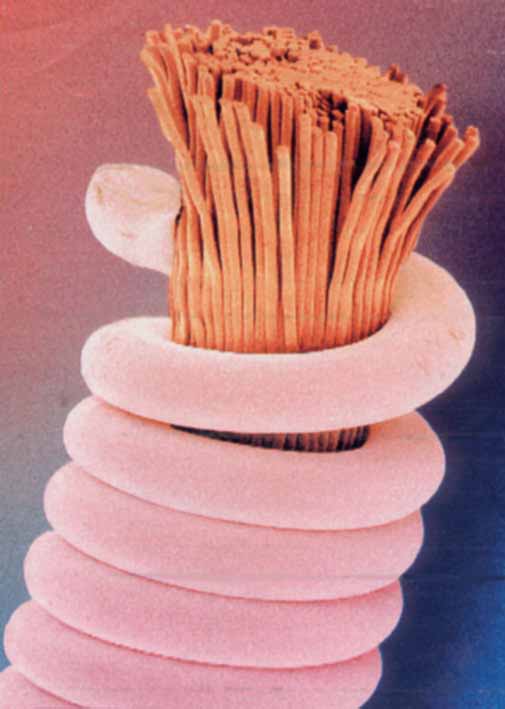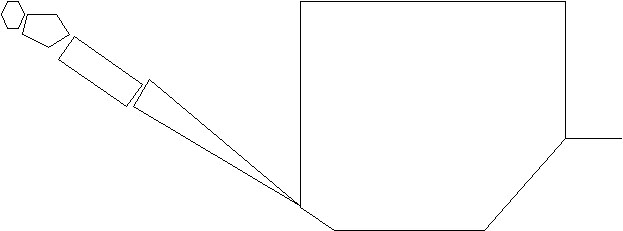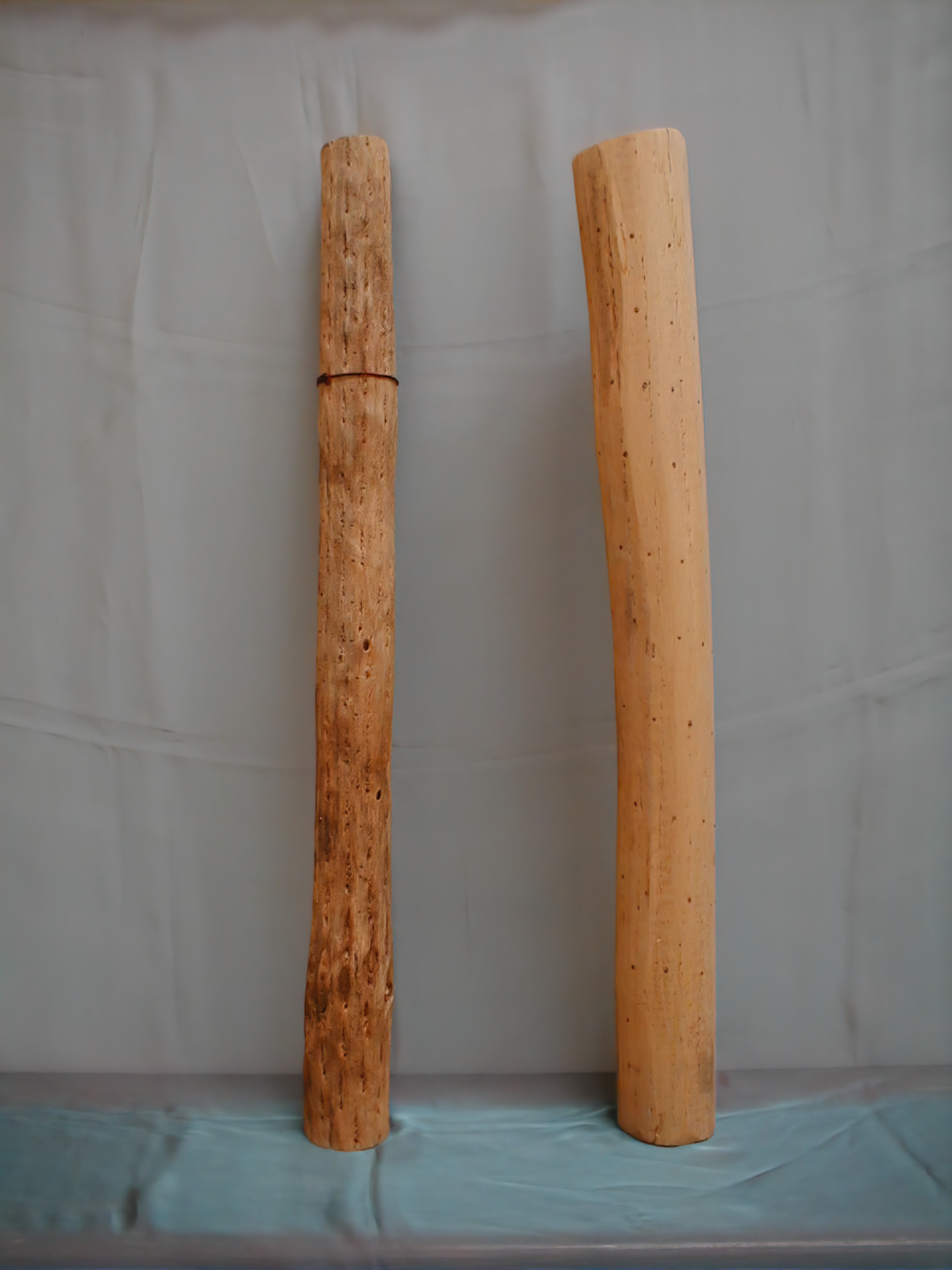A Mario Messinis, in memoriam (2020) electroacoustic music [14’ 05”]
This composition comes from working materials for a larger work, Il suono rosso (The Red Sound), a videomusical project commissioned by La Stoppa (a ‘natural wine’ factory in Ancarano, Italy). The nature of many of the sounds recorded there reminded me of Xenakis GRM pieces, especially of Bohor: pruning, fermentation, farm tractors, racking, decanting, labeling + bottling, harvest, removing a huge cloth covering drying grapes, barrique washing, filtered granulation of barrique washing, distillation, racking and dripping, resonating filters on previous materials, wasps over drying grapes, time stretching of resonating bottles, modal processing of previous material.
So I decided to use them in a different organization, according the Makis Solomos paradigm “Between mathematics and Natural Sciences”.
To formalize the 16 natural/transformed sound sources, I used the stochastic method applied by Xenakis in Achorripsis. Thanks to the formula for Poisson’s law (lambda= 1.667) I get the overall distribution of the events (density degree: I to VI) on a matrix with 16 rows (each for one different sound source) and 28 columns (time unit=30”).
As the result was too dense, loosing many small but musically important timbre differences, I decided to use only four different sound sources for each of the four parts structure.
